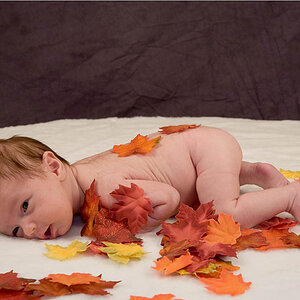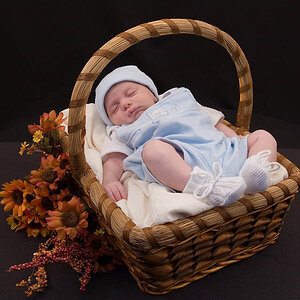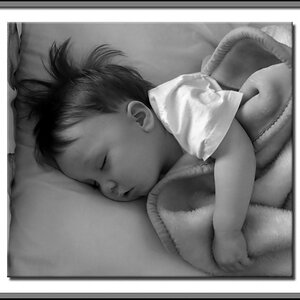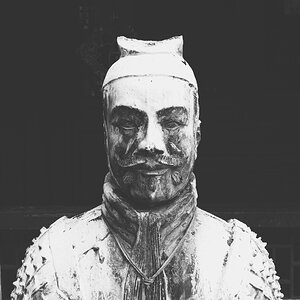- Joined
- Mar 18, 2013
- Messages
- 15,467
- Reaction score
- 15,366
- Location
- Boston
- Can others edit my Photos
- Photos OK to edit
Going to be shooting the Boston skyline at sunset into night. The city will be across the water roughly the equivalent of shooting Manhattan from NJ. What is the best lens/focal length to use for this? I don't like to use my UWA if there is no foreground interest as everything appears too far away and in this case we'll be shooting from a patio with just a railing and the water. I really don't want to bring everything... I was thinking bring my 35 f/1.8 and my 17-70 f/2.8. Maybe try a vertical panorama if I can manage it. Thoughts?


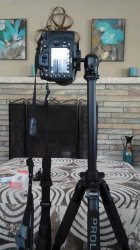
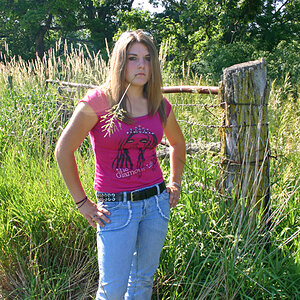
![[No title]](/data/xfmg/thumbnail/37/37519-6093821531f744039f3ac2b3e30c7dbf.jpg?1619738128)
